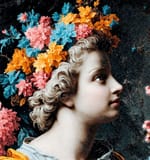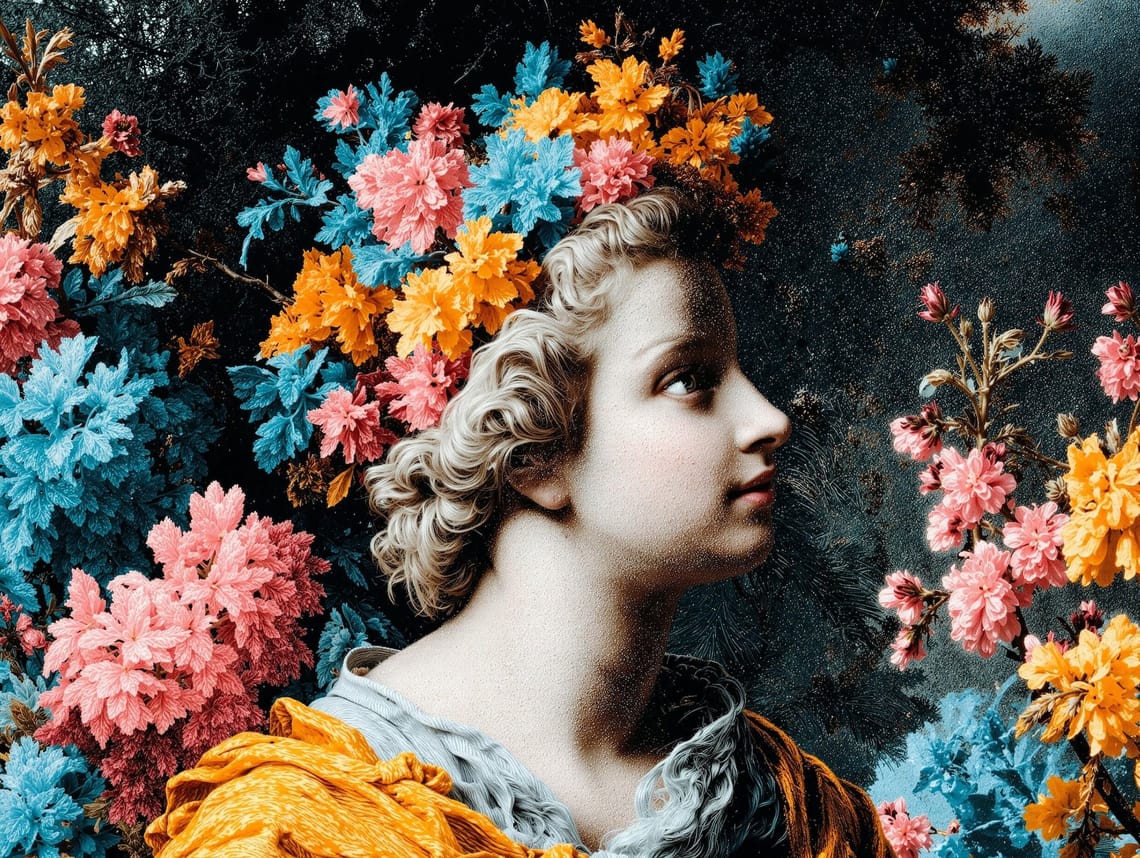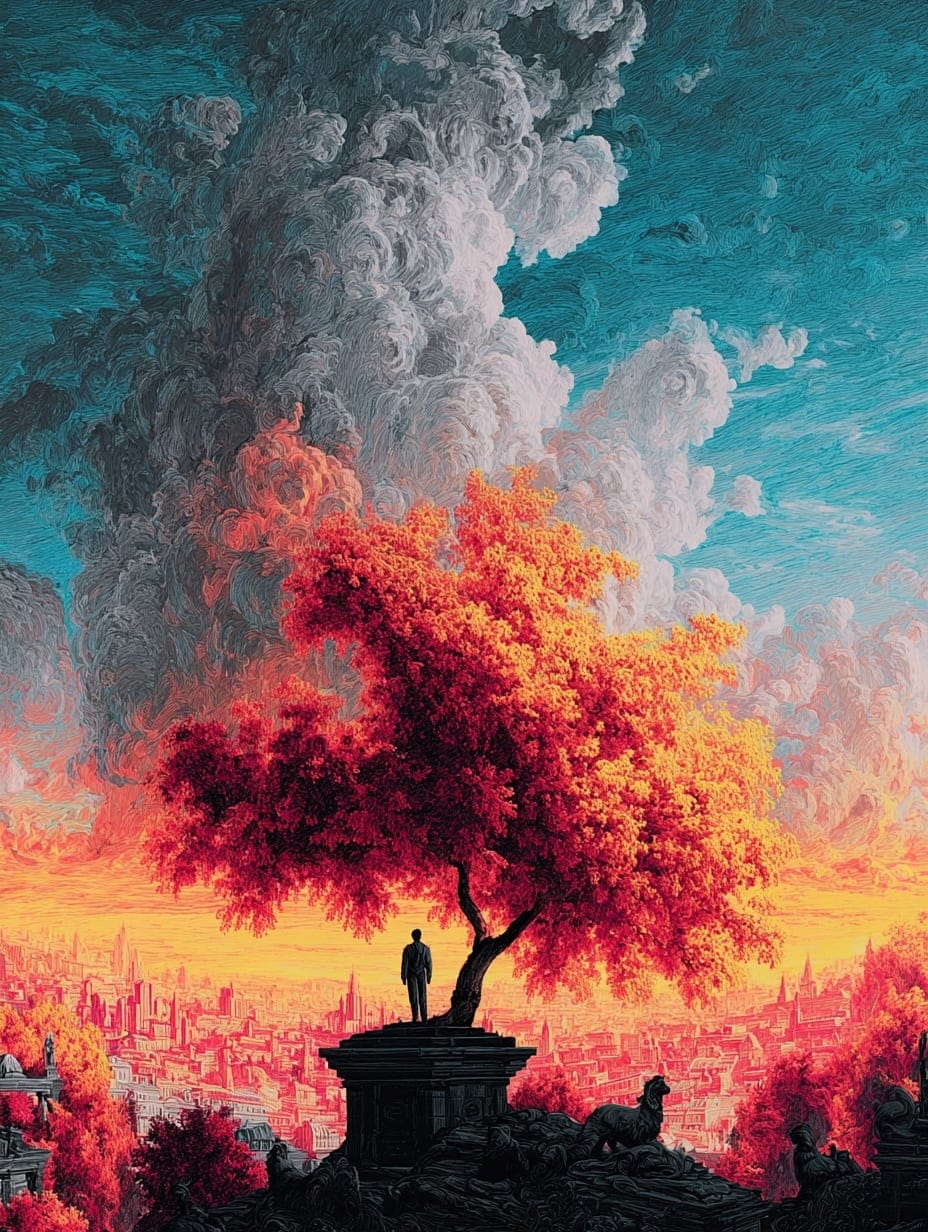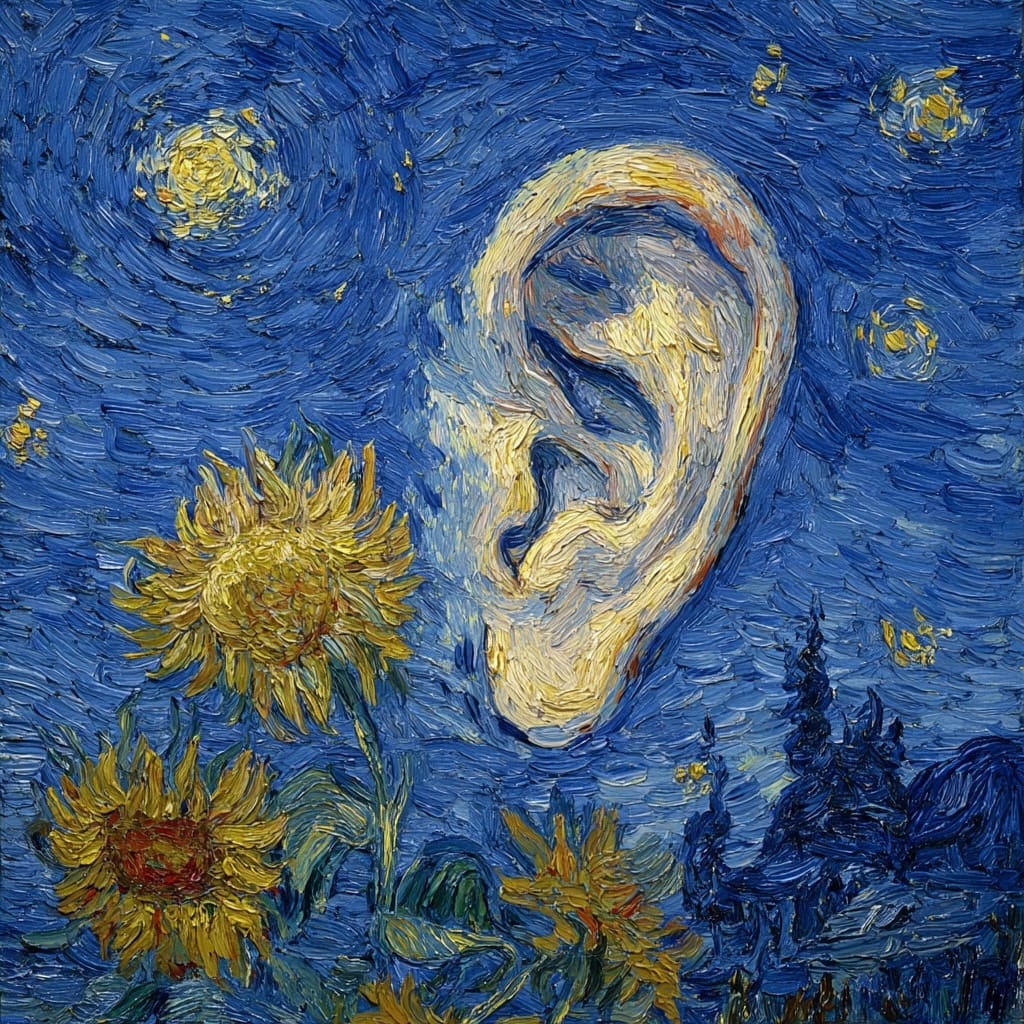How to unearth the hidden stories behind art's forgotten masterminds
Unearthing hidden voices, art history reveals forgotten masters and movements that reshape our understanding of creative legacy and cultural dialogue.

The world of art is far more complex and nuanced than the polished museum displays and canonical textbooks might suggest. Beneath the surface of well-known masterpieces lies a rich, intricate tapestry of stories waiting to be explored—stories of artists marginalized by time, cultural biases, and systemic exclusions. As we dive deeper into art history, we're discovering that the traditional narrative is not just incomplete, but often deliberately constructed to elevate certain voices while silencing others.
Rediscovering Forgotten Artists
For decades, art history has been dominated by a narrow perspective that primarily celebrated European and male artists. But recent scholarship is dramatically changing this landscape. Take, for instance, artists like Judith Leyster, a Dutch Golden Age painter whose remarkable work was long attributed to male contemporaries. Her vibrant genre scenes and portraits were essentially erased from art historical records until feminist art historians began rigorously documenting her contributions in the late 20th century.
Similarly, Indigenous and Black artists have been systematically excluded from mainstream art narratives. Contemporary researchers are now meticulously uncovering and celebrating artists like Augusta Savage, a pivotal Harlem Renaissance sculptor whose groundbreaking work challenged racial and artistic boundaries. Her sculptures not only represented Black experiences but also served as powerful political statements during a deeply segregated era.
Decolonizing Art Historical Narratives
The process of decolonizing art history goes far beyond simply adding more diverse names to existing frameworks. It requires a fundamental reimagining of how we understand artistic production, creativity, and cultural significance. Western museums have historically treated non-Western art as anthropological artifacts rather than sophisticated artistic expressions, a perspective that reflects deeply entrenched colonial mindsets.
Researchers are now challenging these problematic classifications. They're examining how indigenous art forms, often dismissed as "craft" or "tribal art," represent complex philosophical and aesthetic systems. African masks, Native American textiles, and Pacific Islander sculptures are being reinterpreted not as exotic curiosities, but as profound cultural communications with intricate symbolic languages.
Provenance research has also become a critical tool in understanding art's complex historical contexts. Museums are increasingly transparent about the often-troubling origins of their collections, acknowledging how many artifacts were acquired through colonial exploitation, theft, or deeply unethical transactions.
Modern art movements continue to be influenced by these rediscovered narratives. Contemporary artists are actively engaging with previously marginalized artistic traditions, creating hybrid forms that challenge old hierarchies. Painters like Wangechi Mutu, who blends African traditional imagery with contemporary global aesthetics, exemplify how decolonial art practices can create powerful new visual languages.
The technological revolution has dramatically accelerated these discoveries. Digital archives, collaborative international research networks, and advanced imaging technologies are helping scholars reconstruct lost artistic histories. We can now trace artistic influences across continents and centuries with unprecedented precision, revealing intricate global connections that were previously invisible.
This reimagining of art history is not just an academic exercise—it's a profound act of cultural recovery and healing. By acknowledging the breadth and depth of human creative expression, we expand our understanding of both art and humanity itself.
As we continue to uncover these hidden stories, we're reminded that art is never just about aesthetics. It's a powerful form of communication, resistance, and cultural memory. Each rediscovered artist, each reinterpreted artwork, adds another layer to our collective human narrative—complex, nuanced, and endlessly fascinating.
The journey of art history is ongoing, with each generation bringing new perspectives, challenging old assumptions, and revealing the rich, multifaceted tapestry of human creativity. And that, perhaps, is the most exciting aspect of this continual exploration.
Subscribe to my newsletter to get the latest updates and news









Member discussion